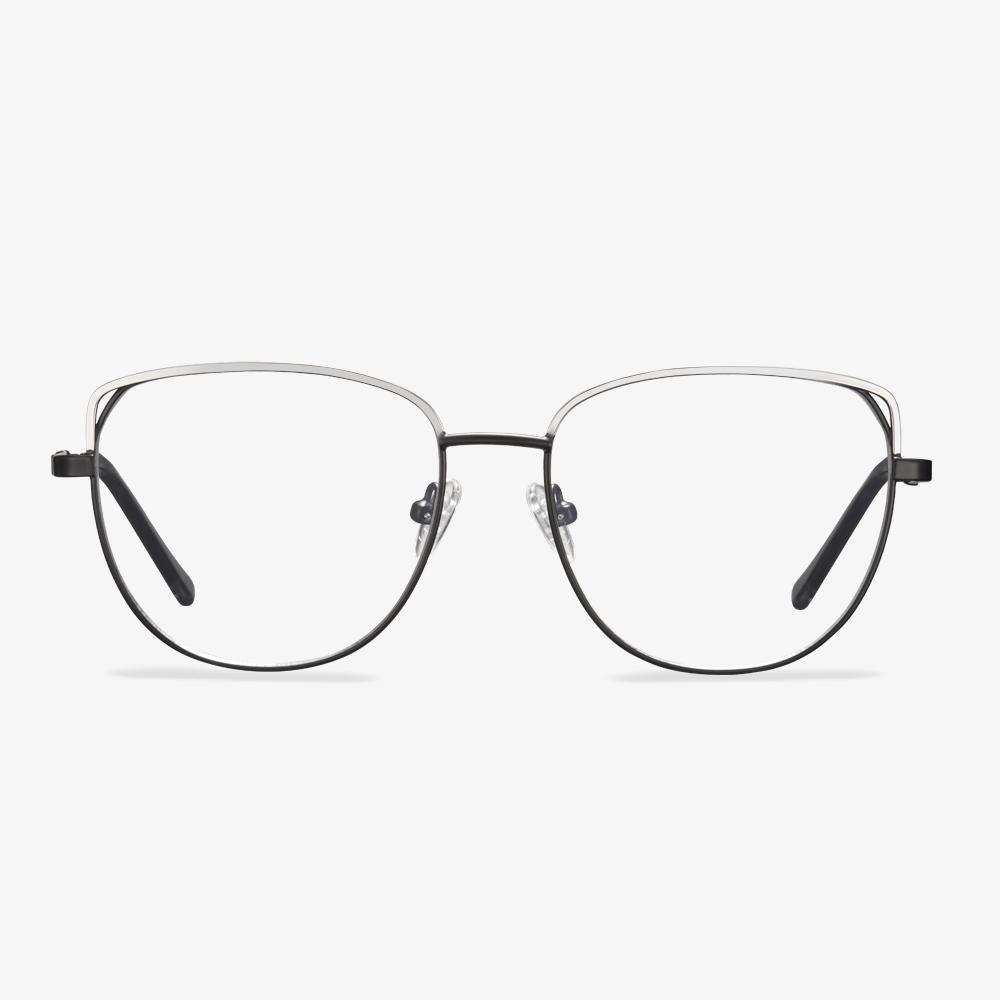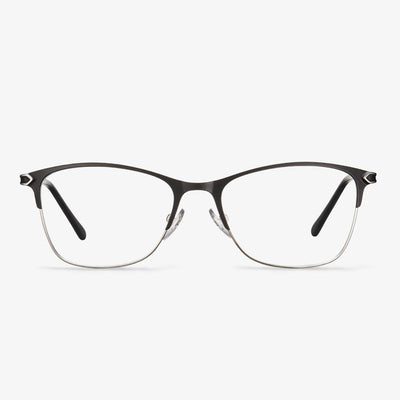Can lens thickness affect eyeglasses definition?
The lens thickness of myopic glasses will not affect definition, so you can choose the glasses with appropriate degrees according to your own situation. It is recommended to choose the lens with a membrane, which can increase the transmittance and can play the effect of anti-ultraviolet and waterproof functions. The thickness of the lens is related to the refractive index of the material used in the lens. The higher the refractive index of the lens, the thinner it is. The so-called ultra-thin lens is the lens with a high refractive index. From the side view of the lens, there will be a fuzzy color phenomenon. Because the nearsighted lens is a concave lens, and the edge is similar to a prism, which can produce a prism effect. In addition, when you wear glasses, try to choose a smaller frame, so you can avoid the prism effect on the edge of the lens.
The Advantages of Trivex Lenses
In this section, we will show you the benefits of the Trivex glasses.
- Trivex lenses provide high impact resistance so they can minimize the risk of injury among those who have an active lifestyle.
- Trivex lenses are light because they have a lower density ratio than other plastics. Hence, it would not slip down from your nose
- Trivex lenses are thin so they enhance comfort because they have a slimmer profile.
- Trivex glasses have a high Abbe value that offers a clean and sharp vision. This feature can be more important for those whose prescription powers are stronger but who don’t want to sacrifice visual clarity.
- Trivex lenses provide 100% UV protection from harmful sun’s UV rays.
- Trivex lenses are internally stress-free. This means that such lenses have a lower chance of breaking when under pressure, like from thick frames.
- Trivex lenses are able to resist to many chemicals including acetone. It performs better in chemical resistance than some of its other competitors.
The Types of Blue Light Glasses
Computer Glasses - Clear Lenses
First, we will show you the computer glasses which have clear lenses, These glasses are made to be used when working on your computer, smartphone or while watching TV. The best computer glasses can filter 5-30% of all blue light.
Night Driving Glasses - Yellow Lenses
When driving at night, the blue light glasses with yellow lenses would be suitable. These blue light lenses are good at removing more of the highest energy blue light, around 440 nm and they are also able to distinguish traffic lights when driving at night. These glasses can block around 65-70% of blue light.
Blue Light Glasses for Sleeping - Red Lenses
The blue light glasses for sleeping have red lenses. The best blue light glasses come with red lenses and they block 99.5%-99.9% of all blue light and a large amount of the green light spectrum, from 495-550 nm.
After knowing the different types of blue light glasses, we will show you how to perform the blue light glasses tests.
Is it expensive to fix glasses?
Many optician shops can fix a broken pair of frames for less than $50. Some retailers, like LensCrafters, provide glasses with a one-year extended warranty for as low as $35. If you have such a warranty, you can have your glasses repaired for a fraction of the cost. Is it expensive to fix glasses? It depends on the specific situation. World Optic, for example, has led the eyeglass repair industry since 1972. World Optic combines over 90 years of eyeglass repair experience and uses cutting-edge technology to create a complete science of the process of repairing broken glasses and sunglasses from start to finish. We have to see that for every single repair, there is a specific quote for different degrees of repair and for different parts.
The working principle of driving glasses
The driving glasses are designed according to the polarized angle and radian of the lens and the principle of precision optics. It can only let the beneficial light pass through, and other light sources, like strong sunlight, car headlights, and other light sources are filtered, to eliminate the interference of external light, and avoid the appearance of eye-catching, dazzling, and other situations. That's basically how the driver glasses are designed.
Evolution of hard coating technology
The first generation of the use of hard coating technology began in the early 1970s, the quartz material is deposited on the surface of a resin lens under vacuum conditions, form a very hard anti-wear film. However, due to the mismatch between the thermal expansion coefficient and the film base material, it is easy to delaminate and crack the film. Instead, it forms the mottle on the surface of the lens, and the effect is not optimal.
The second generation of hard coating technology is the use of the 1980s. The surface of the resin sheet is coated with a material with high hardness and not easy to be brittle and cracked by an immersion process. At this time, anti-reflection coating lenses had appeared and gained the recognition of consumers, but the mismatch between adding hard coating and anti-reflection coating still caused serious lens wear.
The third generation of hard coating technology was developed in the 1990s, mainly in order to solve the problem of wear resistance after coating resin lenses with an anti-reflection film. The hardened material evolved into a polymer organic matrix material.
Fourth-generation coating technology is dominated by silicon atoms, in which the hardened solution contains both organic substrates. It contains inorganic ultrafine particles, including silicon elements, which make the hard coating not only tough but also hard.
Operation and Requirements of Drop Ball Test
The ball, which is 0.625 inches in diameter and weighs 0.56 ounces (16 grams), falls from 50 inches (127 centimeters) and hits the center of the lens. The geometrical center of the lens should be struck by the ball within a circle 5/8 inches in diameter. If the lens does not break, it is called a safety lens. There can't be anything that restricts the ball from falling. It cracks across the entire thickness, containing laminated layers (if any), and divides into two or more separate sections across the entire diameter.


















































